Fascinating & disturbing: AR queen Johanna Jaskowska speaking her creative mind
With her face filter Beauty 3000, she broke the internet: Johanna Jaskowska’s futuristic, hyper-shiny, highlight-perfect filter adorned over 500 million faces all over Instagram, including the ones of Lady Gaga, Kendall Jenner, or Billie Eilish. The artist seems to have a sixth sense when it comes to setting trends and creating hypes in the field of AR. Her creations stretch our perceptions of reality and show us how it can be changed and enhanced. Drawing on cutting-edge tech, Johanna Jaskowska has established herself as a creative at the forefront in the field of extended reality, creating viral face filters, the first-ever digital haute couture, or avantgardist NFTs. In our interview, she speaks about her passion projects, the hybrid reality we live in, and where AR can take us.
Your Instagram Bio asks your followers “What is reality?”. So what is reality for you?
We live in a confusing world; technologies and social media are appearing and evolving so incredibly quickly that it’s becoming a very prominent part of our lives and ourselves.
I think that our digital world is a reality just as accurate as our real authentic one. It might seem like two completely different worlds at first glance, but I genuinely believe that the time we live in is the hybrid time, in which one those two worlds are merging. So by throwing up that question, I’m inviting the users to ask themselves what their own reality is. Is something digital a reality?
You’re the queen of face filters and have found a very distinctive style. Where do you find inspiration for your art?
I find inspiration in photography, contemporary art, life in general, generally in everything that catches my attention. Sometimes I even find inspiration in the shower! The more I design, the more I lose myself in my work and the more I get inspired. Whenever I try something new or make mistakes while creating, I find new ideas in the process.
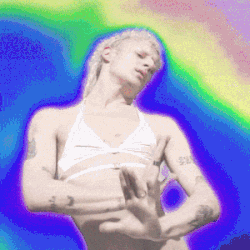
What three words describe your work best?
Minimalistic, futuristic and something inbetween fascinating and disturbing.
Your filter Beauty 3000 went viral on Instagram and got used over 500 million times. When you created it, did you realize back then that you were about to become an AR superstar?
Not at that point! What happened with Beauty 3000 is crazy and I definitely did not expect that. Back then, when I created the filter I was on Christmas holiday with my family and I remember being very happy and satisfied with it. I kind of sensed that it was something special and I said to my sister “Maybe I’ll become famous with that”. That it actually happened is still unbelievable!
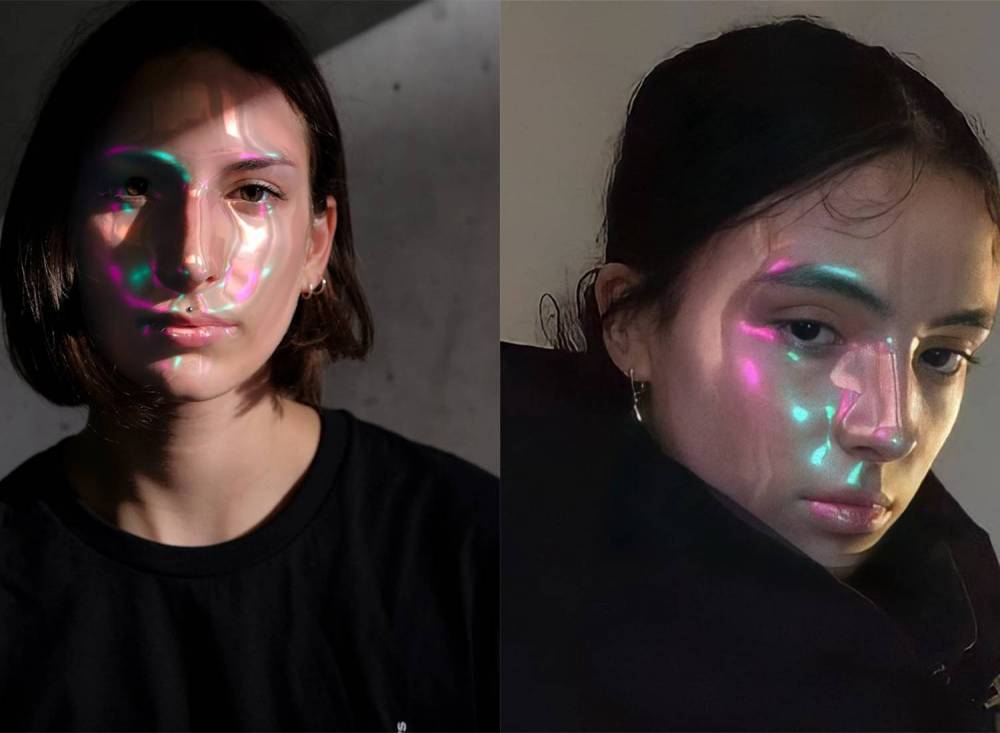
Beauty 3000 changed your life – ever since then you have worked with clients like Nike, XBOX, Adidas and even created face filters for Lady Gaga and Billie Eilish. When kicking off a big project, how do you start?
I always start by making a basic concept presentation like building a storyline, looking for a mood board. Then I exchange my basic ideas with the client and together we agree on one direction, and on the development. Of course, the workflow and the process itself always improve.
Can you tell us about your workflow when creating a face filter?
The workflow can be completely different from one project to another; sometimes it’s very messy and takes a lot of time, while other times it’s straight to the point and I know exactly what steps to take. I like experimenting, which of course takes a lot of research and is a kind of trial and error process. But in the end, both fits into another and both ways are necessary to create something cool. My creative flow is always unpredictable, it’s always evolving, I add new features or things to explore within the process.
Instagram is your playground. How have technology and social media opened up new opportunities for creatives?
I love that we can share our work within a second with the whole world. Of course, every technology opens up new opportunities but social media is just so unpredictable and you never know what you get out of it.
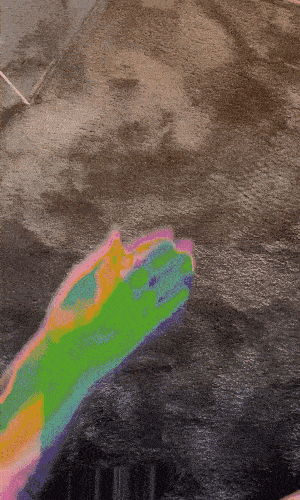
You also designed the world’s first piece of digital haute couture. How did it feel to be a pioneer in that field?
It feels so great! This project is actually the one I am the proudest of. I like to trust my intuition and go a little crazy with my work. These projects, when I feel like it has a lot of sense for society and can actually make an impact, are my favorite ones. It’s really cool because you get this “I knew it”-feeling.
What has been your favorite project to work on so far?
So many! When I was living in Berlin, I created my first website and it was hybrid – half videogame and half website. It was one of the first 3D websites on the internet. Also, I’m very proud of my AR work on social media, where I reinvented codes of beauty on social media.
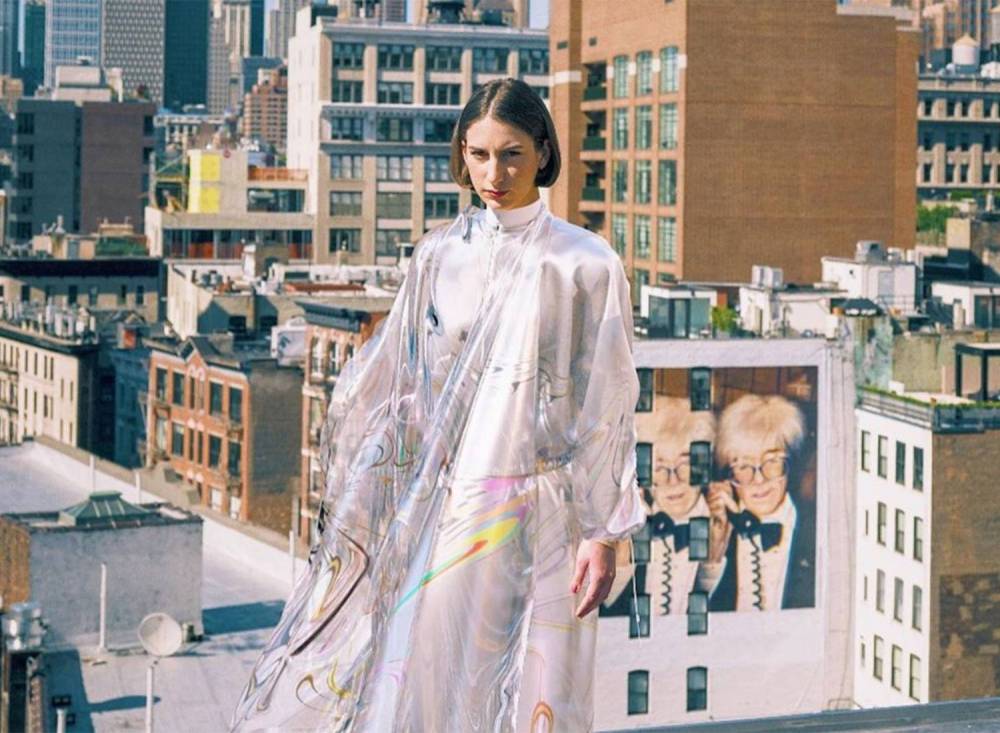
Creative work is known to be accompanied by a lot of questioning and doubts. How do you overcome these doubts?
I think in the end, we are all human. We are all questioning each other and we all are doubting ourselves. We need to learn that failing is not a bad thing, but making mistakes actually push you out of your comfort zone and forces you to grow. We need to learn that life is a process and while living you get stronger each day.
You constantly push the boundaries of reality. When do you find yourself facing limitations of AR?
Technology in general has limitations, it’s not magic after all. It’s essential to understand what you can and what you can’t do. If something is forcing you to push boundaries and to think differently, it allows you to explore. Technology is a tool and with a tool in general, you can do a lot of things. As a designer, I like to solve problems.
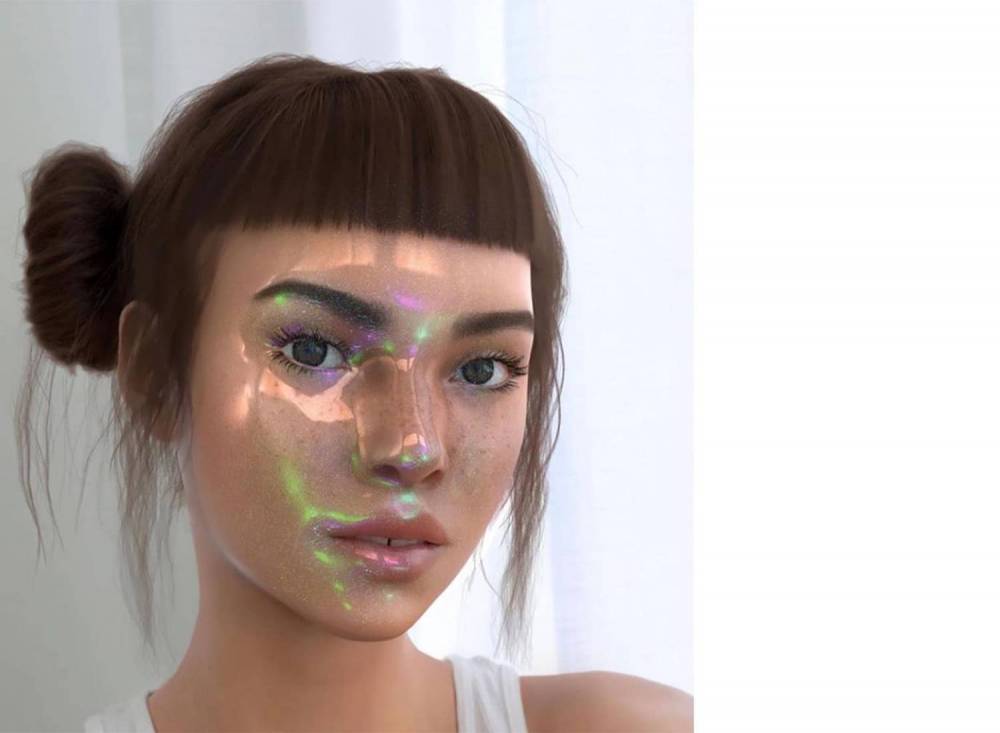
If there was anything you could change about the creative industries, what would it be?
It would be to educate and teach non-creative people about the creative process. Non-creative people have no idea about how long a process can take, how long coming up with an idea can take, and that designing is not magic. Being creative is a lot of work and often people don’t understand how much time and effort it actually takes.
Augmented reality is now. What will the future look like?
I imagine it being like this: We will have digital contact lenses and augmented reality glasses, which will enable us to see the world in a digital reality.
Nowadays, we live in a world where our real selves and digital selves are merged into one another, and the idea of being a cyborg in a conceptual way is already happening. Today, it seems like we can’t live without devices, we can’t go anywhere without using Google Maps and social media is a new part of reality. As we can see with Alexa or Siri, we are in the first step to communicate differently, but in the future, the digital will be more integrated into our body and we may be able to interact without our phone in the pocket.
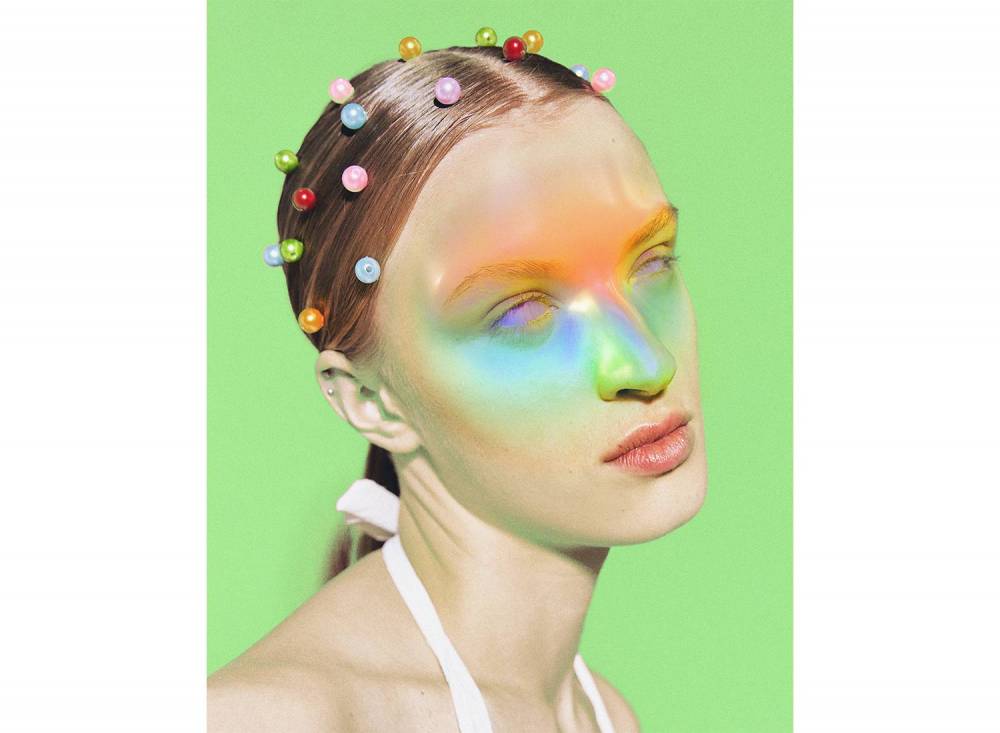
Johanna Jaskowska is one of our highlight-speakers at Forward Online Festival on March 11th – 12th. Don’t miss out on her talk and get your ticket here!